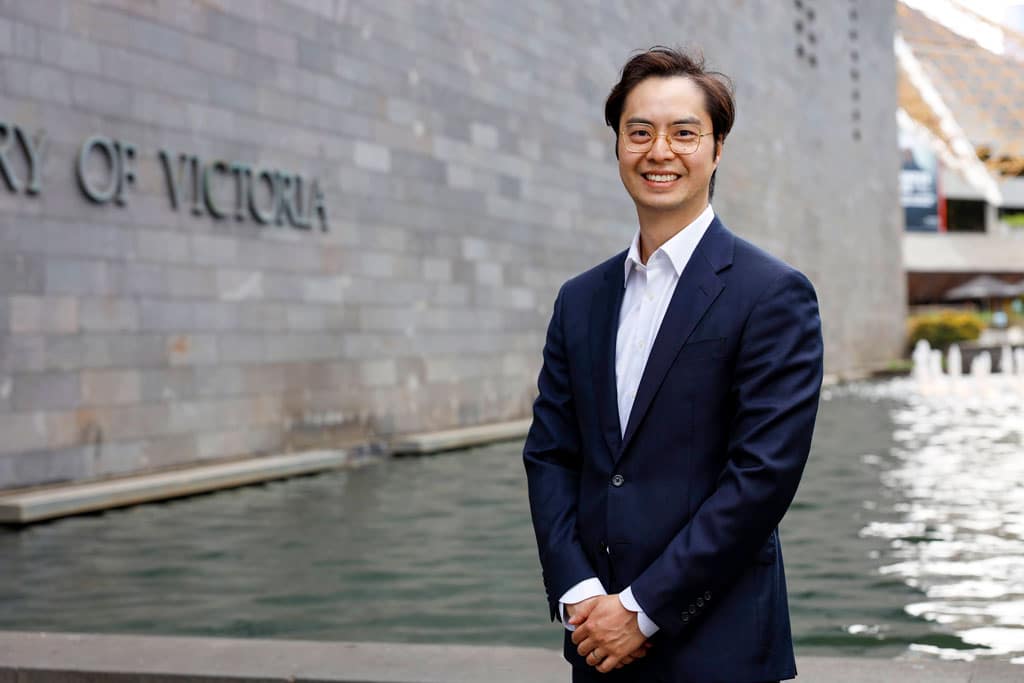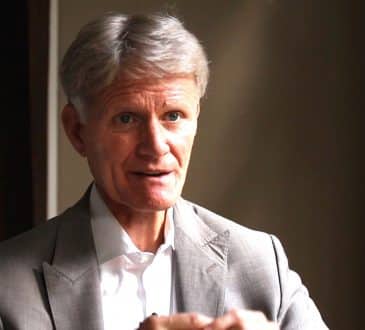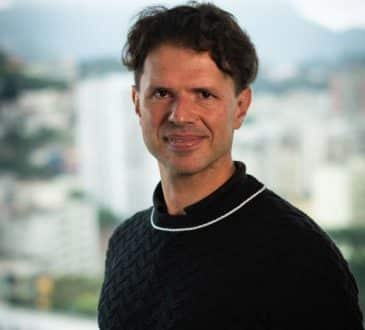The Secret to Workforce Scalability: How Reply SpA Masters Talent Mobility and Strategic Allocation

During a conversation with the management team at Reply SpA, an Italian technology consultancy firm, I discovered a distinctive approach to workforce strategy. Reply competes with much larger rivals by implementing a disaggregated business model and emphasising talent mobility in its workforce strategy. Contrary to expectations, Reply, an agile consultancy, relies primarily on direct employees rather than contractors to meet its resourcing needs (due to the challenging European labour laws regarding contractors). This is what my conversation with management revealed about how effectively Reply has mastered the allocation of people.
How One Company Outperforms Larger Rivals with a Unique Workforce Strategy
Reply’s teams are constructed as separate boutique companies, and each company has country-wide exclusivity for their specific market offering. Its management team calls this the ‘shopping mall’ approach. In 2024, there were roughly 210 different companies within the group. There are intentionally no overlapping offerings within each country, therefore teams never compete at a country level. For example, Italy will have a cyber security team (as a separate company), in addition to a networks team, a data platforms team, and a plethora of other boutique companies that evolve with customer demands. Teams in another country, for example Germany, would mirror the same structure as Italy. This boutique approach is unique in consulting and allows Reply to identify popular market services and replicate the offering in other jurisdictions.
Similarly, less popular offerings are dissolved and absorbed. The operating model becomes adaptive to customer trends and creates an automatic feedback loop. The people who lead a successful market offering in a particular country will be the ones who kick-start the same market offering in another country. How Reply allocates people becomes a function of market demand, and employees are incentivised to develop skills in highly sought after areas. It also creates talent mobility as personnel can move within the organisation into business lines and geographies that fit them best. The right personnel are invited to become co-owners of new companies, with a pre-agreed set of buyout terms should the business line reach its growth targets post launch. These built-in mechanisms allow Reply to create mobility in its ranks.
The ‘Shopping Mall’ Approach: A Bold New Model for Talent and Market Expansion
There is also another unique concept that Reply adheres to in its strategic allocation: The management team has embedded in the organisation the concept of maximum margins. When the group’s margin reaches a predefined upper limit, this is a signal to encourage its boutique companies to invest and expand further into new industry verticals — to take on more risk.
This naturally forces the strategic allocation process to accelerate — people and capital are redeployed into expansion activities that fuel the next phase of company growth. Investments in research and development grow during these phases (innovative niche service offerings are the focus as Reply chooses to compete in under-saturated business lines), and margins naturally fall back down into a target range. It is rare to see management teams define an upper limit on margins, but in Reply’s case margins are used as a prompt to strategically reallocate capital and human resources.
Maximising Margins and Talent Mobility: The Formula Behind Reply’s Explosive Growth
Many employee engagement surveys conducted by organisations show similar themes in terms of what makes an employee stay in their job or, conversely, what would make them leave. A common thread that reappears across all sectors and all organisations when asked about employee motivations for staying in their role, is the opportunity to progress.
From an executive management lens, this means an approach to people that encompasses a long-term investment in an individual’s future at the company; in other words, an investment in their longevity. This approach is a combination of role design and training which involves building an individual’s knowledge, expertise, and capability so they can continue to apply and build knowledge capital for the organisation.
Edited extract from The Founder Effect (Wiley $34.95) by Lawrence Lam, which explores the essential traits of successful executive teams and governance structures that drive sustainable growth.
Have you read?
Most Innovative Countries in the World.
Countries by Average Wealth per Person.
Countries with the Highest Age Dependency Ratio.
Best Universities In The World.
Bring the best of the CEOWORLD magazine's global journalism to audiences in the United States and around the world. - Add CEOWORLD magazine to your Google News feed.
Follow CEOWORLD magazine headlines on: Google News, LinkedIn, Twitter, and Facebook.
Copyright 2025 The CEOWORLD magazine. All rights reserved. This material (and any extract from it) must not be copied, redistributed or placed on any website, without CEOWORLD magazine' prior written consent. For media queries, please contact: info@ceoworld.biz








